The Ground Panoramic Night Vision Goggle 18 from L3 Warrior Systems‘ Insight Technology division are a modification of the Panoramic goggles originally developed to provide Aviators with a wider field of view. Legacy night vision binocular systems with their 18mm tubes offer a 45 deg FOV while the Panoramic model’s four smaller tubes (16mm) increase that out to 95 deg.
Above you can see the GPNVG18 in Blue Force Gear’s AUSA booth. It is mounted on a Crye Precision AirFrame Helmet with an Adams Industries ANVIS mount.
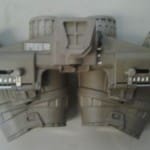

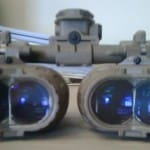

Click on these photos to enlarge them.
If you’re wondering, yes the GPNVG18 uses a separate battery pack. Remember, it was originally designed for Aviation use so it’s much like ANVIS technology.
Here is the complete kit all snuggled in a nice, padded storage case with removable hard case for the goggle.
There aren’t a lot of these systems out there yet, but they are there. Hopefully, we’ll see more. However, the Aviation folks are already looking at new helmet technology that eliminates night vision goggles altogether but rather puts a panoramic screen in front of the eyes of the Aviator and projects data normally found on a Heads Up Display as well as images taken from night vision cameras on the side of the helmet as well as other locations.
Tags: Adams Industries, AUSA, Crye Precision, Insight Technology, L3


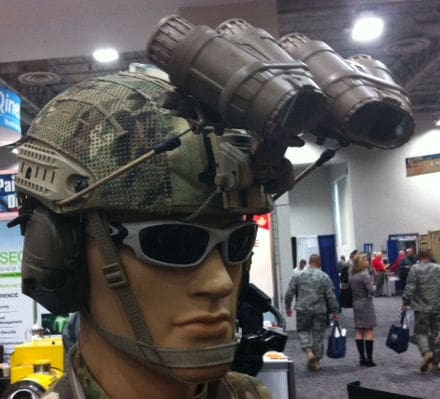
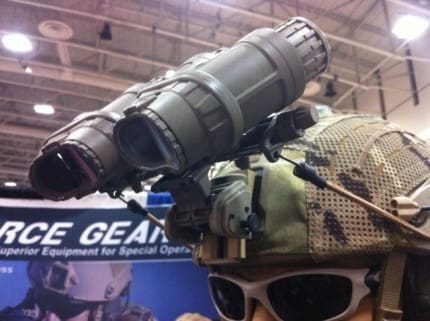
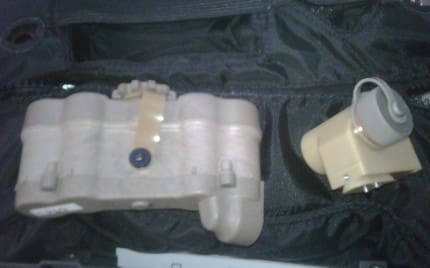
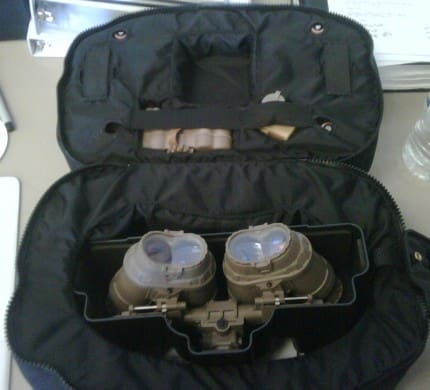
How about the most important question! How much does this god damn thing weigh?
Assuredly more than ANVIS, but I’d hazard a guess that they guys using them don’t seem to mind.
I hope the battery is in the back of the helmet to offset the forward pull!
+40K bucks?
I still don’t know what they offer than the PVS-21 doesn’t offer right now at half the price. No image/data fusion capability, no see-through when moving through lighted and dark areas,…
Well, the CDI factor must be incredible, no doubt.
The PVS-21 is not even the second, third, or fourth choice behind the GPNVG. These are $38K a set due to the small production and fielding.
These offer over double the FOV of a two tube binocular design. That saves the wearers life. He has the latest generation of VAS for his peripheral vision. Worth the $ if you have the need.
People who can test, evaluate, and field ANY SYSTEM ON EARTH had these specially developed at great cost. They are exactly what the user needed.
Battery is on the back, and the unit is light for 4 tubes…not much (if any) heavier that a PVS-23 and better than a boat anchor PVS-15 to me.
Thanks Jon for your insightful post. An important issue to remember about the PVS21 is that the wearer is susceptible to laser eye injury due to the design, whereas traditional designs protect the eye from the effects of lasers.
This technology was originally developed for CAS Pilots (A10). If you’ve ever looked through soda straws you’ll appreciate the wide FOV technology.
Wouldn’t a Light Interference Filter solve that issue for the PVS 21 ?